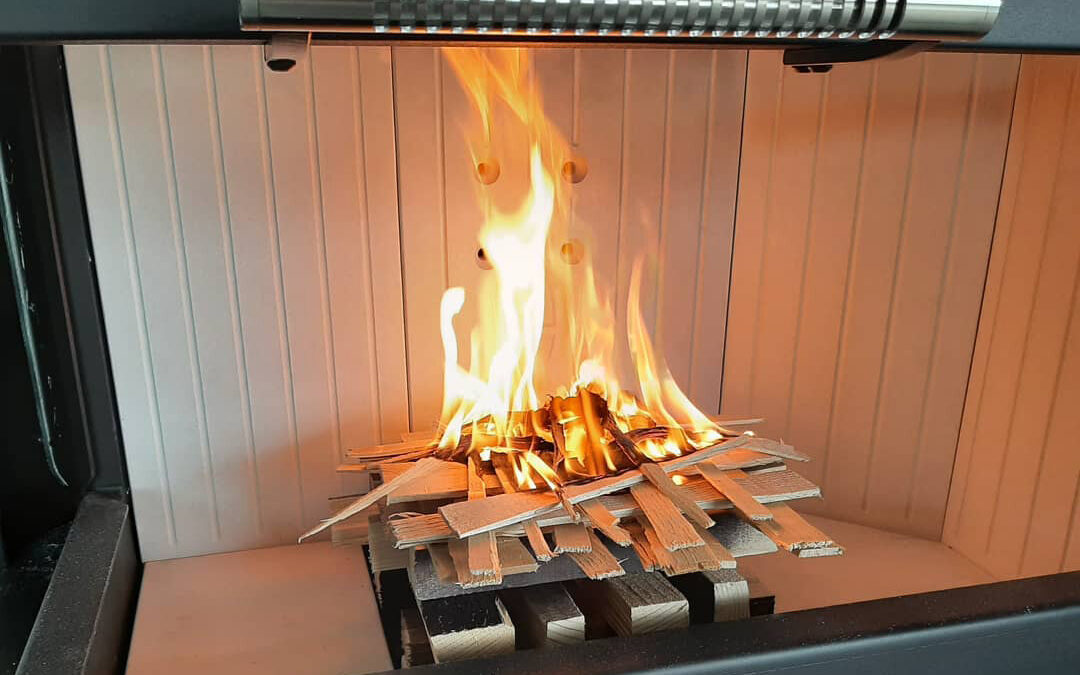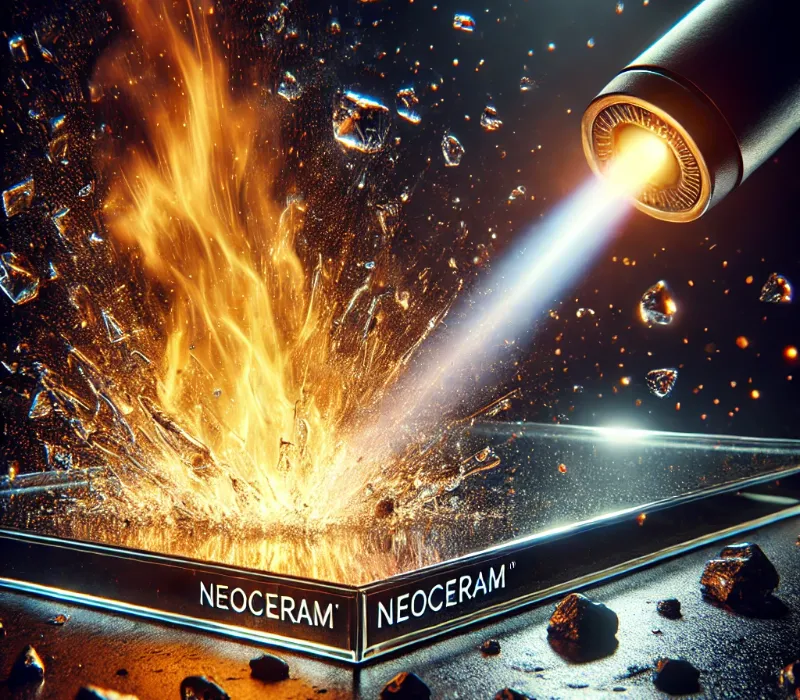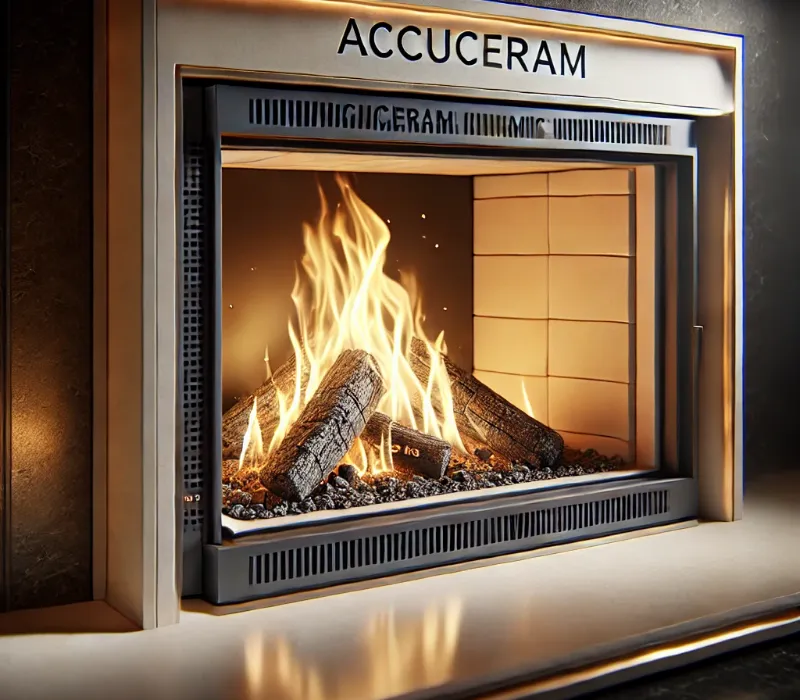KNOWLEDGE BASE
A compendium of knowledge about HITZE fireplaces – Find answers to all your questions about our products.
Influence of wood moisture on fireplace performance
HOW MUCH POWER DOES IT "LOSE"? DAMP WOOD?
As is well known, the power of a fireplace depends primarily on the amount and QUALITIES fuel loaded into it. As a reminder: in a nutshell, from one kilogram of dry wood we can generate about 3 kW of power.
The above recalculation for dry woodThis does not apply to wet wood, i.e. wood with a moisture content of 20%. However, this does not apply to wet wood, i.e. wood with a moisture content of 60-70%. This is the moisture content of freshly felled wood. What about in this case?
Freshly felled wood with moisture content approximately 60%, loses more than half of its calorific value relative to dry wood. This means that, even assuming that the fireplace will achieve an efficiency of 80% in both cases (dry/wet wood combustion), when recalculating the results based on the subject standard, it turns out that, when burning wet wood, the appliance generates three times less power.
This begs the question: whether burning wet wood is profitable? Definitely not, because apart from the loss of power it involves additional problems.
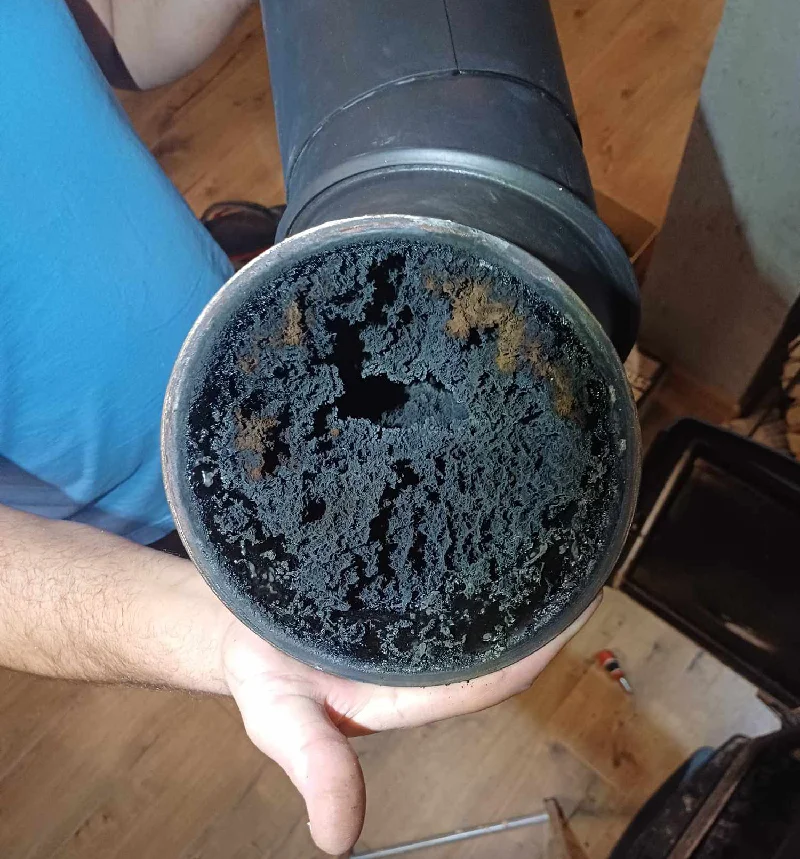
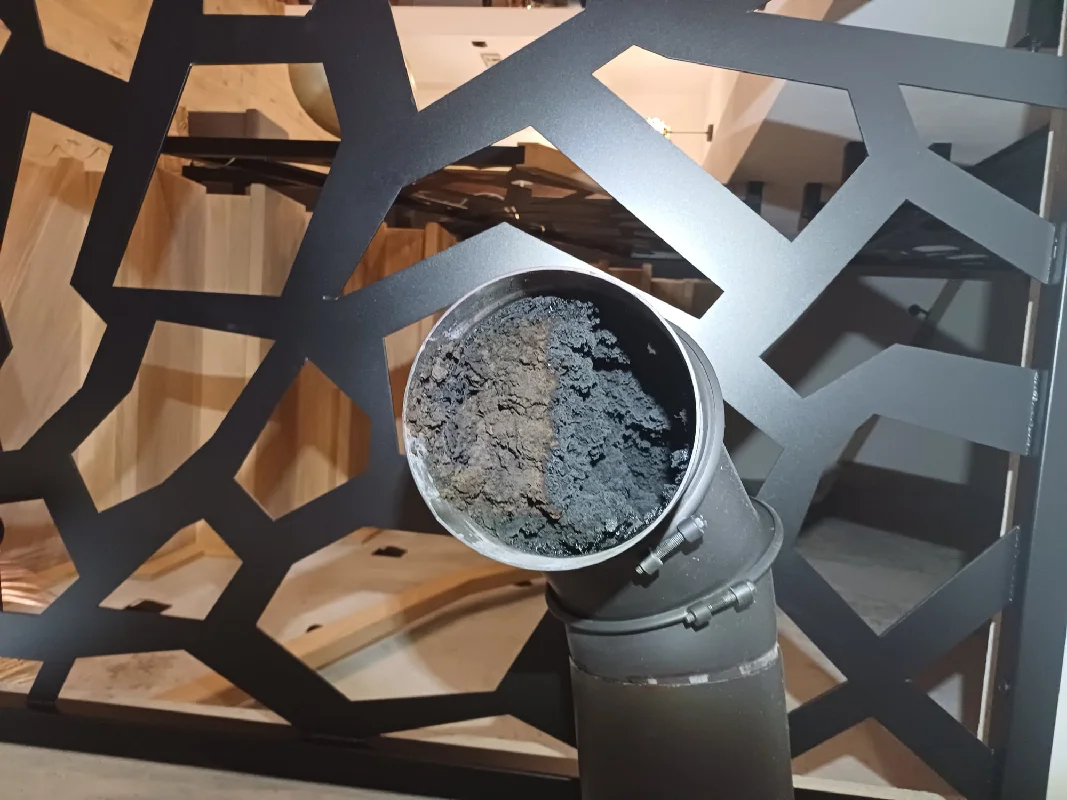
WHY IS WET WOOD A HEALTH HAZARD?
When smoking in fireplace wet wood its efficiency flies down which further reduces the heat output of the appliance. The effect is that by burning wet you lose about 70% of energy.
Does it pay off? Medium. Even taking into account that you "get" wet wood free of charge, a subsequent visit from the chimney sweep will take its toll on your wallet.
During burning wet woodthe firebox of the fireplace is underheated and combustion does not proceed properly. Even lighting with wet wood is quite troublesome, as the wood does not want to ignite.
If the fireplace is burning wet wood, it will not be able to reach the right temperature and will not be able to burn the oxides and particles effectively, thus increasing average emissions. When burning wet wood in the fireplace, the fireplace emits various harmful substances and pollutants which can affect health and the environment.
When burning wet wood and with a limited air supply, creosote will be emitted. This is a tarry substance that settles on the chimney walls. If you burn wet wood for a long time, the chimney can become clogged. And here the jokes end because this is a dangerous phenomenon which endangers health and life. In addition, creosote is a flammable substance and if a so-called soot fire occurs in the chimney, it is rarely reusable.
IS IT WORTH BURNING WET WOOD?
Burning wet wood is energy inefficient, as a significant amount of energy is lost to evaporation of the water contained in this fuel. In addition, it makes the chimney more dirty and increases the risk of a soot fire in the chimney.
For health and the environment, it is better to use dry, seasoned wood with low moisture content, especially as the process of seasoning wood is not the most difficult. All you need is a little patience, as wet wood will already have reached its optimum calorific value after 1.5 to 2 years. All you need to do is chop it into suitable pieces and then place it under a canopy in such a way that it has adequate ventilation.
FIND OUT MORE
How to prepare your fireplace for the heating season?
Preparing your fireplace for the heating season is key to safely and efficiently heating your home. Find out how to clean, inspect your chimney and ventilation systems to enjoy warmth all winter long.
Neoceram – glass polished on both sides
Neoceram glass is a material that stands out on the market due to its unique properties. In this article, we will discuss what Neoceram glass is, what are its advantages and how it is used in
Extended warranty – Why choose Hitze fireplaces?
Hitze Fireplaces offer a 7-year warranty on selected components of their products. In this article, we will discuss what this warranty covers, what its benefits are, and why you should choose Hitze Fireplaces.
Ceramic deflectors - The key to greater fireplace efficiency
Ceramic deflectors play a key role in increasing the efficiency of fireplaces. In this article, we will discuss what ceramic deflectors are, what their advantages are, how they contribute to greater fireplace efficiency, and more
Robotic welding - Innovation in the production of Hitze fireplaces
Robotic welding is a key element of the Hitze fireplace production process. In this article, we will discuss the benefits of using welding robots and how they affect the quality of our products.
Paint coating - a guarantee of durability and aesthetics of Hitze fireplaces
The paint coating plays a key role in ensuring the durability and aesthetics of Hitze fireplaces. In this article, we will discuss the benefits of using advanced paint coatings and the importance of
Low complaint rate – Why choose Hitze fireplaces?
Hitze fireplaces are distinguished by an exceptionally low complaint rate. In this article, we will discuss what influences this statistic, what are the benefits for our customers and why it is worth choosing our products.
Boiler plate in fireplaces – The most important information
Boiler plate plays an important role in the construction and operation of fireplaces. In this article, we will discuss its properties, advantages and use in products available on our website.
Accuceram – combustion chamber lining
The combustion chamber lining is a key element influencing the efficiency and durability of fireplaces. In this article, we will discuss the advantages of Accuceram lining and why ceramic blends are a better choice than vermiculite.
45 years of experience – Why trust Hitze?
With 45 years of experience in steel processing and the fireplace industry, Hitze is a market leader. In this article, we will discuss how our history and knowledge translate into the quality of our products.
How to prepare your fireplace for the heating season?
Preparing your fireplace for the heating season is key to safely and efficiently heating your home. Find out how to clean, inspect your chimney and ventilation systems to enjoy warmth all winter long.
Neoceram – glass polished on both sides
Neoceram glass is a material that stands out on the market due to its unique properties. In this article, we will discuss what Neoceram glass is, what are its advantages and how it is used in
Extended warranty – Why choose Hitze fireplaces?
Hitze Fireplaces offer a 7-year warranty on selected components of their products. In this article, we will discuss what this warranty covers, what its benefits are, and why you should choose Hitze Fireplaces.
Ceramic deflectors - The key to greater fireplace efficiency
Ceramic deflectors play a key role in increasing the efficiency of fireplaces. In this article, we will discuss what ceramic deflectors are, what their advantages are, how they contribute to greater fireplace efficiency, and more
Robotic welding - Innovation in the production of Hitze fireplaces
Robotic welding is a key element of the Hitze fireplace production process. In this article, we will discuss the benefits of using welding robots and how they affect the quality of our products.
Paint coating - a guarantee of durability and aesthetics of Hitze fireplaces
The paint coating plays a key role in ensuring the durability and aesthetics of Hitze fireplaces. In this article, we will discuss the benefits of using advanced paint coatings and the importance of
Low complaint rate – Why choose Hitze fireplaces?
Hitze fireplaces are distinguished by an exceptionally low complaint rate. In this article, we will discuss what influences this statistic, what are the benefits for our customers and why it is worth choosing our products.
Boiler plate in fireplaces – The most important information
Boiler plate plays an important role in the construction and operation of fireplaces. In this article, we will discuss its properties, advantages and use in products available on our website.


